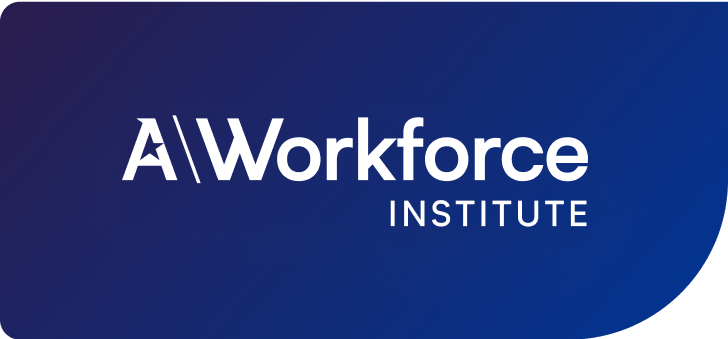3 steps to recession-proof your teams
Updated on November 8, 2022

This resource is brought to you by:
Topics Covered:
Future of work
When the economy takes a turn, building recession-proof teams becomes essential for long-term success. Imagine having a workforce that stays motivated and engaged, even during the most challenging times. By prioritizing recognition and empowering employees, you create a culture of resilience that thrives in any environment.
Ready to transform your team into a productivity and adaptability powerhouse? Discover the simple yet powerful steps that will keep your team performing at its best, no matter what the future brings.
Resilience and productivity through the right strategies
Building a resilient and productive workforce is crucial, especially during uncertain times. Our report shows that resilience begins with creating the right environment — think recognition, strong relationships, and supportive leadership.
But how do you turn that into real productivity? By connecting these key factors with the right strategies, HR leaders can create recession-proof teams — boosting engagement and focus to help teams not just survive but thrive.
Build recession-proof teams and drive results
Taking action now to recession-proof your teams is essential for ensuring long-term success. The stakes are high, and as leaders, it’s our responsibility to equip our teams with the resilience they need to navigate uncertainty. By implementing the right strategies today, you can help your workforce become stronger and more agile.
Ready to get started? Download the full report to learn the steps that will help you recession-proof your teams and drive lasting results.
45% of surveyed employees reported being more productive at work when recognized weekly
Report: Recession-proof your teams
Achievers Workforce Institute

Join our mailing list
Stay up to date with the latest in workforce science from Achievers Workforce Institute.
